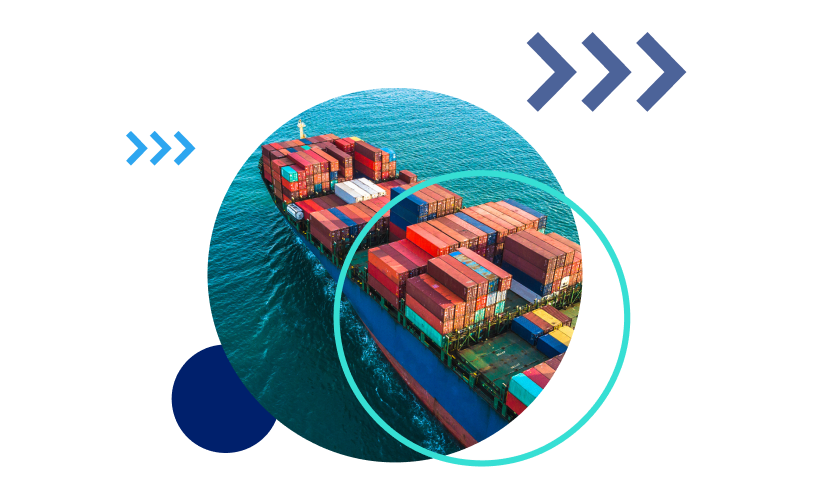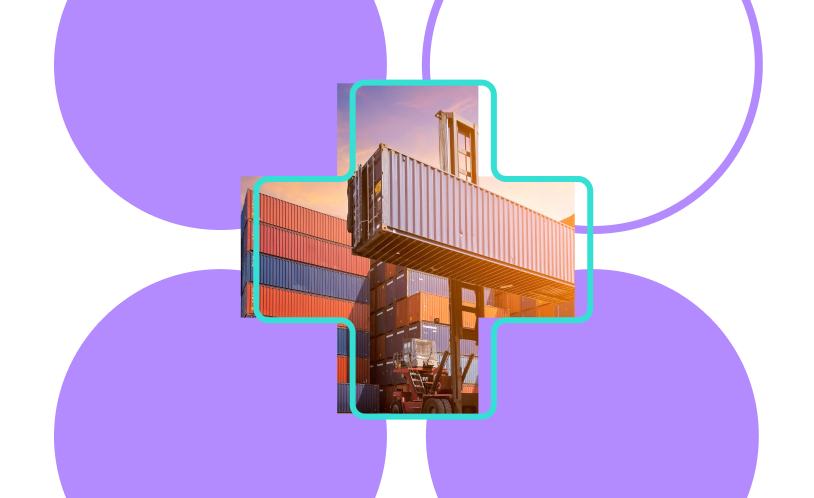Part of the Comprehensive Incoterms Guide
As of 2020, this incoterm has been updated: it is now called DPU.
DAT In Plain English
For DAT (Delivered at Terminal) shipping, the seller arranges all export country charges and international transit. The buyer arranges the rest.
This incoterm can lead to problems as it involves two forwarders at a critical point.
Delivered at Terminal (DAT) is a significant incoterm, outlining seller and buyer responsibilities in international trade. In DAT, the seller manages export charges and transit to the buyer’s designated terminal. However, challenges arise as two forwarders come into play at this critical stage.
The collaboration between seller and buyer forwarders becomes pivotal upon the goods’ arrival. Potential issues include miscommunication, delays, and documentation discrepancies, leading to disruptions and increased costs. Varying interpretations of DAT responsibilities compound these challenges.
To address these complexities, effective communication and a clear understanding of roles are crucial. Robust channels for information exchange and meticulous documentation processes are essential. DAT’s streamlined framework requires proactive efforts from all parties involved for a successful and efficient delivery process at the terminal.
Where Is The Named Place For Handing Over Responsibility From The Seller To The Buyer?
The seller continues responsibility and risk into the import country, up until the shipment is unloaded.
The named place for handing over responsibility from the seller to the buyer is a crucial aspect of international trade. In this incoterm, the seller retains responsibility until the goods are unloaded in the import country. This includes coordinating export processes, managing international transit, and overseeing the unloading process. As the goods approach the importing country, the buyer assumes control, managing customs clearance, payment of duties and taxes, and onward transportation. This delineation ensures clarity, mitigates disputes, and facilitates a smooth transition of accountability in the global supply chain.
What Does The ICC Say?
Recommended for containerized freight.
Is This A Good Choice?
This rule favors the seller where the seller is stronger, being liable and responsible for all tasks in the export country; and favors the buyer where the buyer is stronger, being liable and responsible for all tasks in the import country. The seller is also liable and responsible for the main freight. Also consider DAP with a terminal as the named place, where the buyer pays for unloading.
DAT Tips And Tricks
- The seller pays for unloading. The buyer is responsible for all charges after unloading, except (in theory) any charges caused by delay, including demurrage charges at the terminal, which is generally the seller’s responsibility.
- That exception can get contentious. The seller has good grounds to refuse to pay if the buyer held up import customs clearance. But, maybe that was because the seller submitted incorrectly in the first place. Maybe that was the Customs broker’s error. Consider ways to avoid this type of dispute when negotiating the contract, stage, e.g. the seller couriers some documents to the buyer before pickup; liability for demurrage and other costs takes into account the above scenario, all information on documents to be submitted to Customs must be double-checked. Basically, the buyer, seller, and carrier need to work closely. Or instead, consider CPT (delivery to buyer’s warehouse).
- Ensure that the seller can undertake all the necessary formalities in the buyer’s country, e.g. paying GST or VAT.
- Damages are more likely to occur between the buyer’s premises and the import country terminal than the final leg to the buyer’s warehouse. However, this can be difficult to prove. Consider DAP instead.
- If the named place is a clearance depot, or for more porous borders where Customs does pre-clearance at the border, the shipment may be delivered to the named place uncleared. That is, payment to Customs is still required.
How much does it cost to ship DAT?
You can use our freight rate calculator to help you decide how different incoterms will impact your freight cost. For example, when shipping EXW, you’ll be responsible for the added cost of getting your goods from your supplier to the seaport or airport. Simply choose container, box, or pallet shipping, enter your dimensions and weight, and you’ll get an instant estimate of freight shipping costs.



